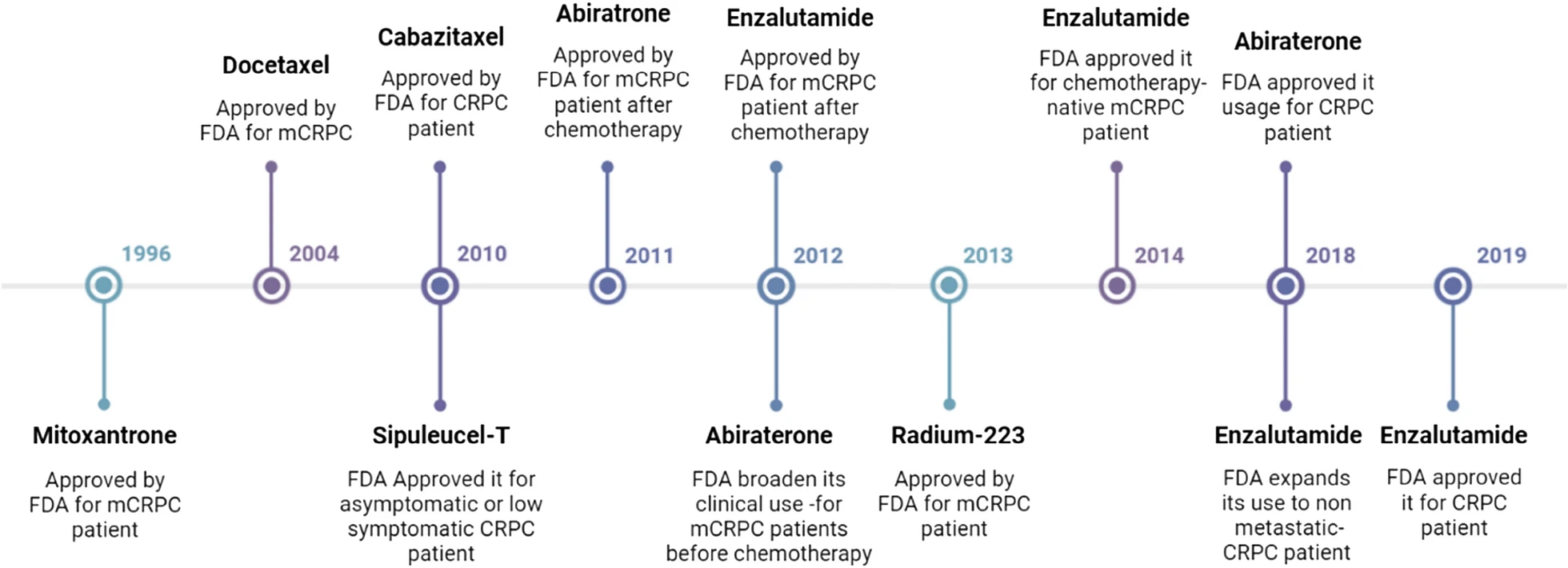New Research Links Aggressive Uterine Cancer to Fallopian Tubes
Uterine cancer often carries an excellent prognosis, with five-year survival rates reaching up to 95% for localized cases. However, serous uterine cancer is a notable exception, with survival rates for stage 1 or 2 cases ranging from just 35% to 50%. Now, groundbreaking research from MUSC Hollings Cancer Center suggests a surprising origin for this aggressive cancer – the fallopian tubes.
The findings emerged as researchers developed a new model for ovarian cancer, unveiling unexpected evidence that serous uterine cancer may begin in the fallopian tubes. This discovery challenges the traditional assumption that serous uterine cancer originates in the uterus itself. “It’s likely already metastatic by the time it’s found in the uterus,” explained senior author Joe Delaney, Ph.D. The research, described in a paper recently published in Cancer Research Communications, offers fresh insights that could reshape how clinicians approach diagnosis and treatment.
A Surprising Observation
The research team initially set out to build a model for ovarian cancer, addressing a critical gap for most patients. While existing models focus on cancers driven by mutations in PTEN or BRCA genes, these represent only a minority of ovarian cancer cases. To create a model relevant to the broader population, the team utilized the MYC oncogene, which drives approximately 70% of all human cancers. They specifically targeted the MYC oncogene to the fallopian tubes, the site where most ovarian cancers originate.
As expected, cancer signals appeared in the fallopian tubes and ovaries. However, the team was surprised to detect the same signals in the uterus. “We said, ‘Hey, wait a minute. I see this signal over in the uterus – specifically on the uterine epithelial cells – which definitely should not have these cancer signals coming from it,’” Delaney recounted. Given that the MYC oncogene was only expressed in the fallopian tubes, these findings were puzzling yet revelatory.
Ovarian and Uterine Cancers Share Genetic Roots
Delaney’s team cultivated cancer cell lines from the model and compared them to known human cancers. Consistent with expectations, the ovarian cancers closely resembled human high-grade serous ovarian cancers. Intriguingly, the uterine cancer cells also exhibited similarities to these ovarian cancer cells. The transcriptional profiles clustered together, suggesting a shared origin.
Previous research further supported this finding. A McMaster University study identified serous tubal intraepithelial carcinoma (STIC), a precancerous lesion, in both uterine serous carcinoma and serous ovarian carcinoma. In contrast, non-serous uterine cancers and benign conditions lacked these lesions. Furthermore, a long-term study from Sweden showed that women who had undergone tubal ligation – a surgical procedure to tie off the fallopian tubes – had lower rates of uterine cancer, particularly the aggressive serous type. This suggests that blocking the pathway from the fallopian tube to the uterus may reduce cancer risk.
Implications for Diagnosis and Treatment
These findings challenge the conventional understanding of serous uterine cancer and may have significant implications for early detection and treatment strategies. By recognizing that these cancers likely originate in the fallopian tubes, researchers can refine diagnostic tools and develop targeted therapies.
“Ovarian cancer is a misnomer,” Delaney said. “About 80% of the time, it starts in the fallopian tube. Our research suggests the same may be true for some aggressive uterine cancers.”
This discovery underscores the critical role of scientific curiosity. What began as an effort to create a better ovarian cancer model has opened new doors to understanding the origins of one of the most aggressive forms of uterine cancer. Future studies will further explore these connections, potentially leading to groundbreaking advances in gynecologic oncology.
Reference : Model for ovarian cancer — with crossover to uterine cancer





















